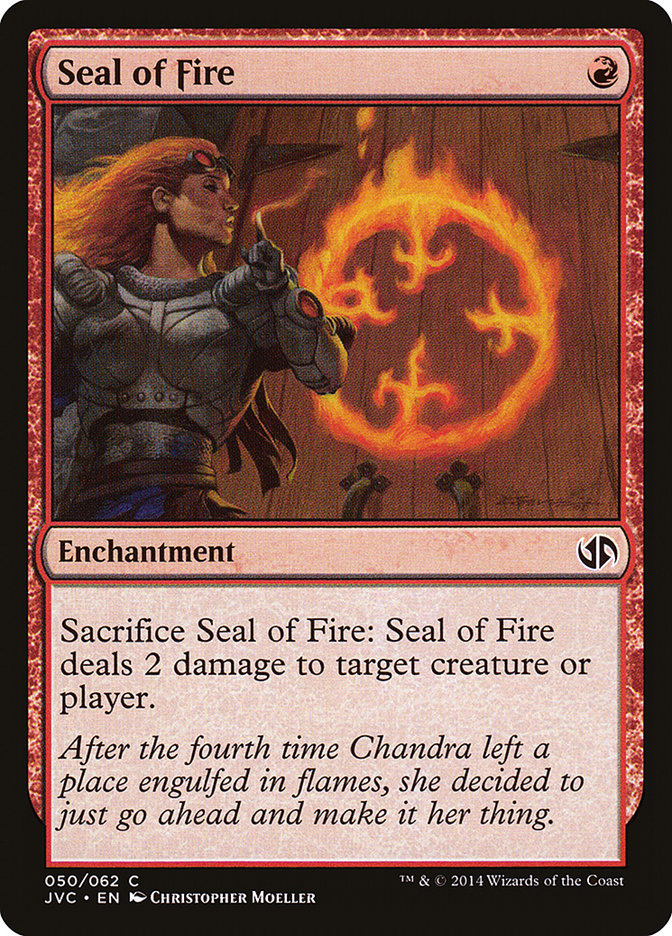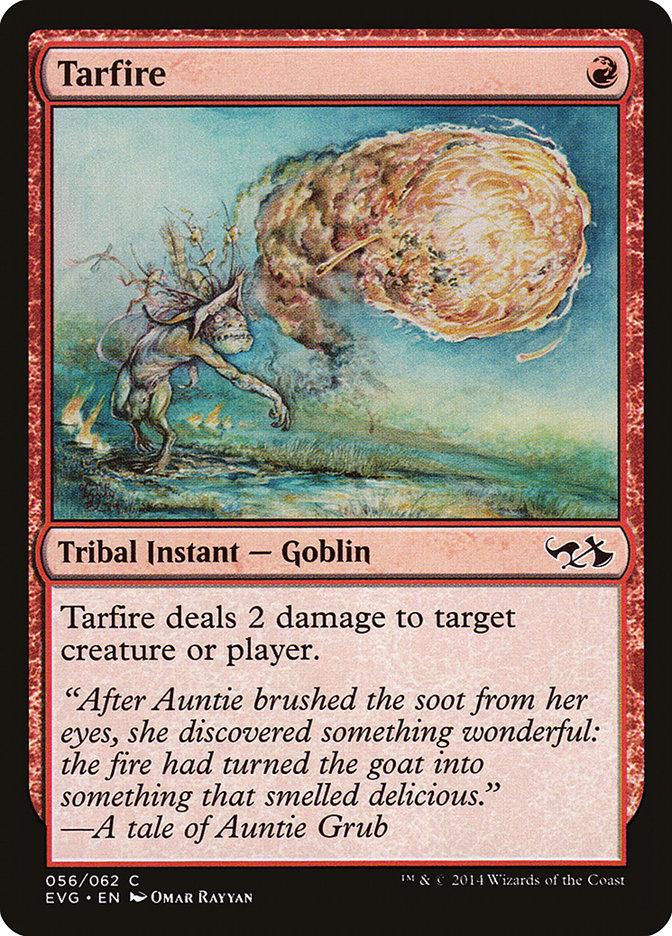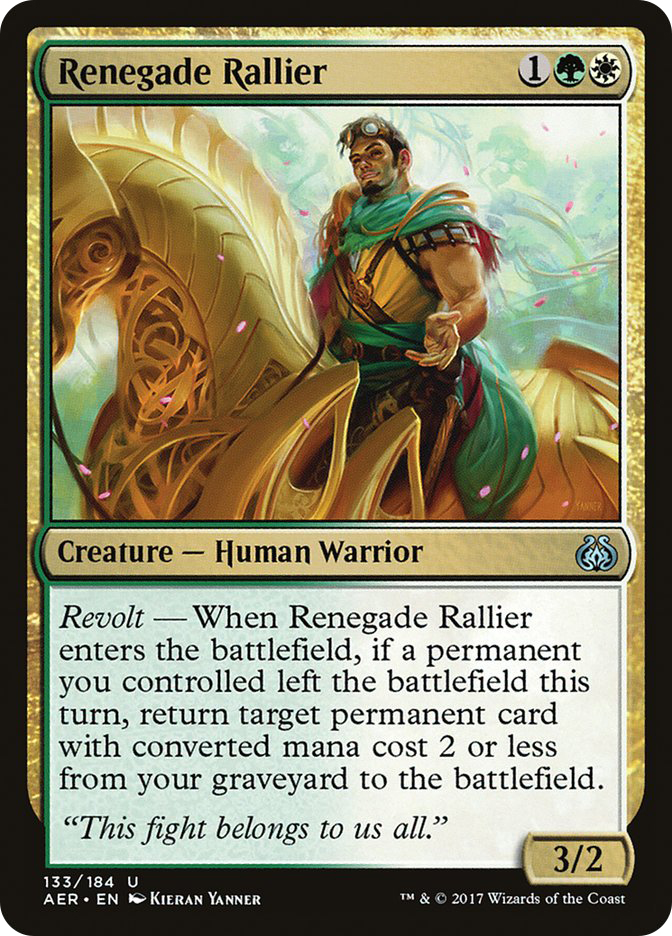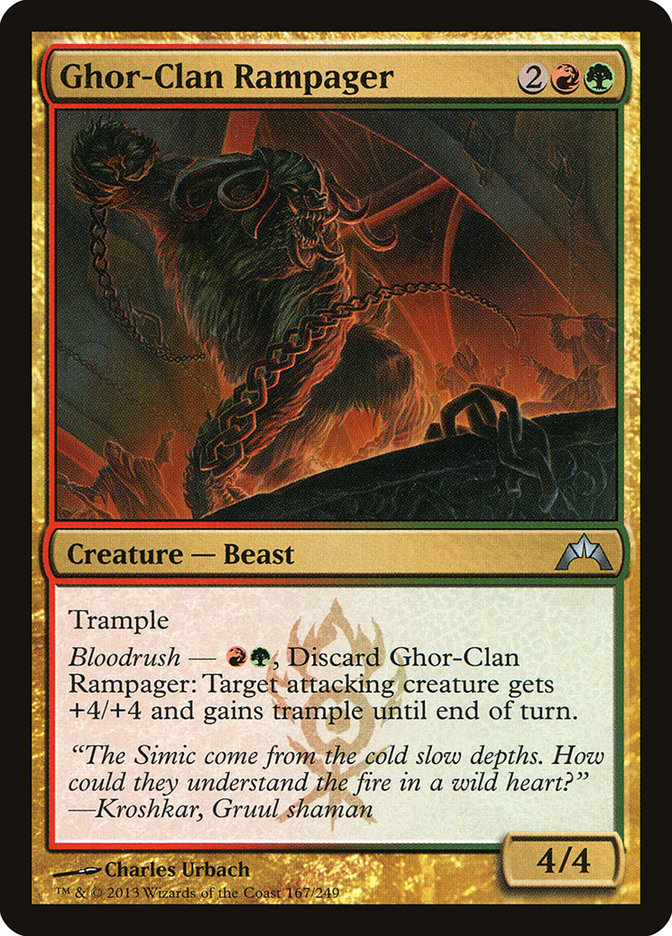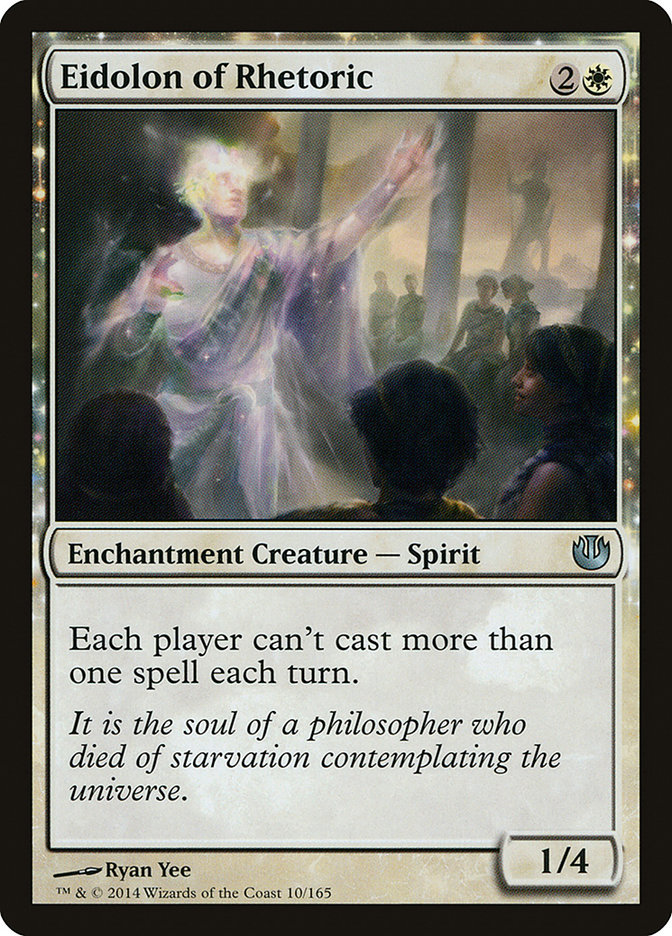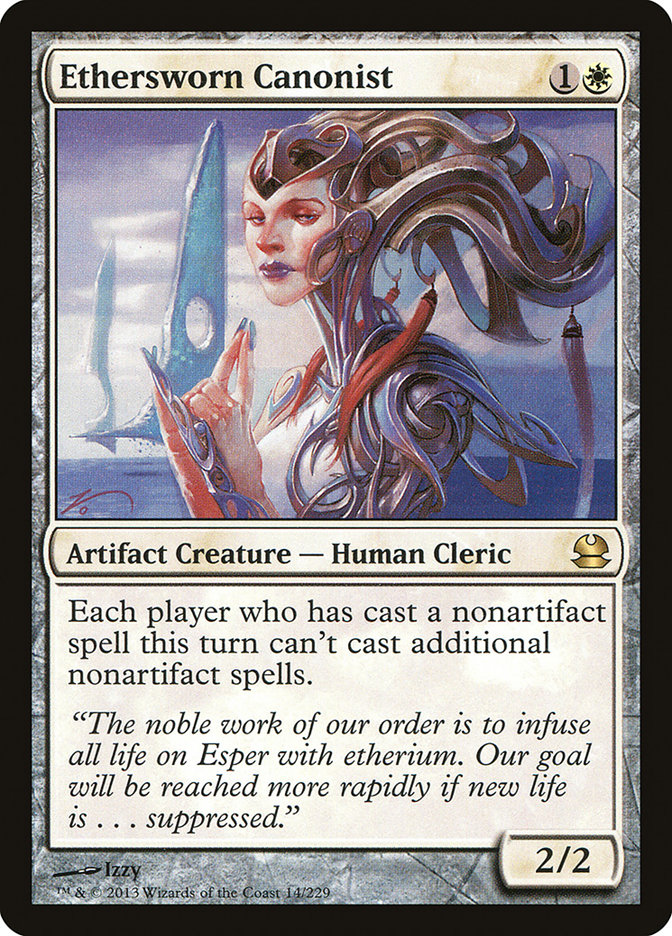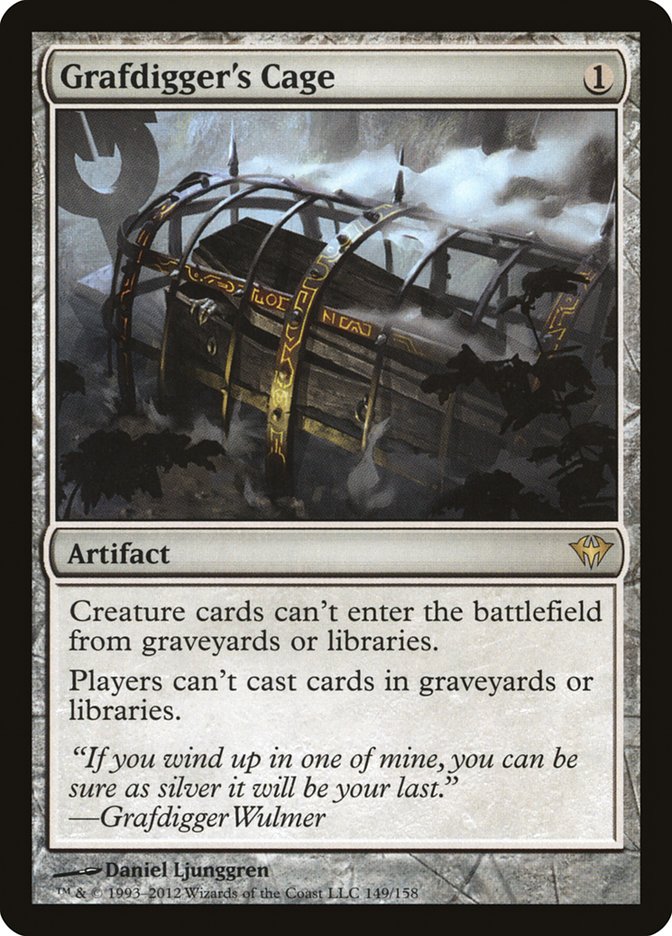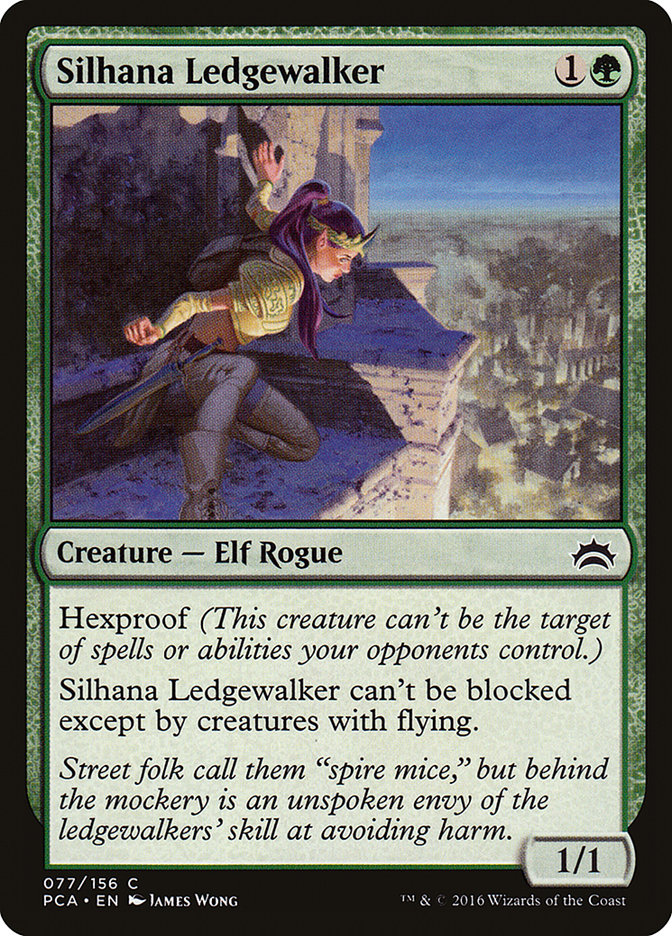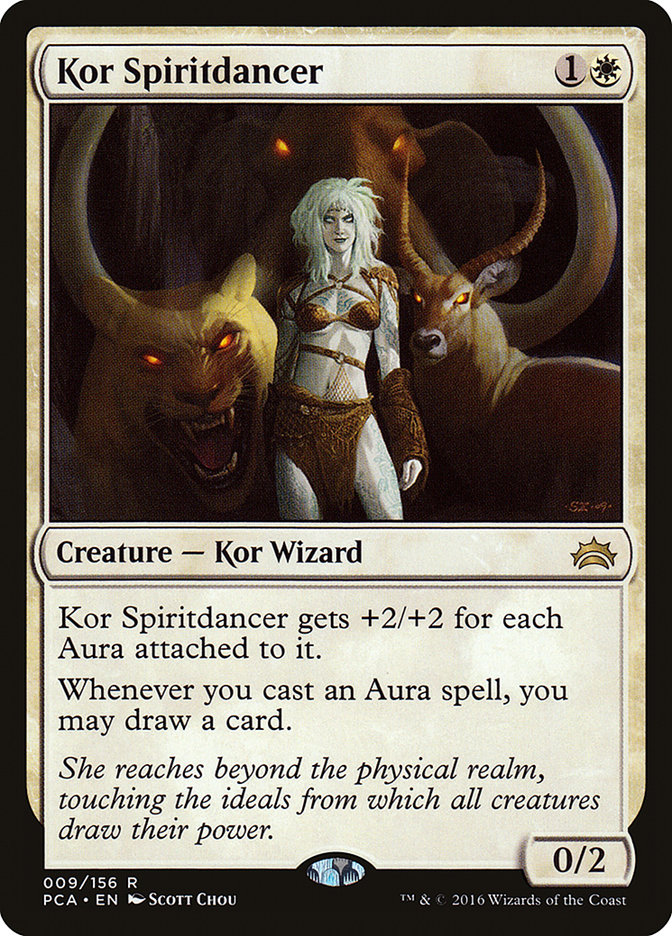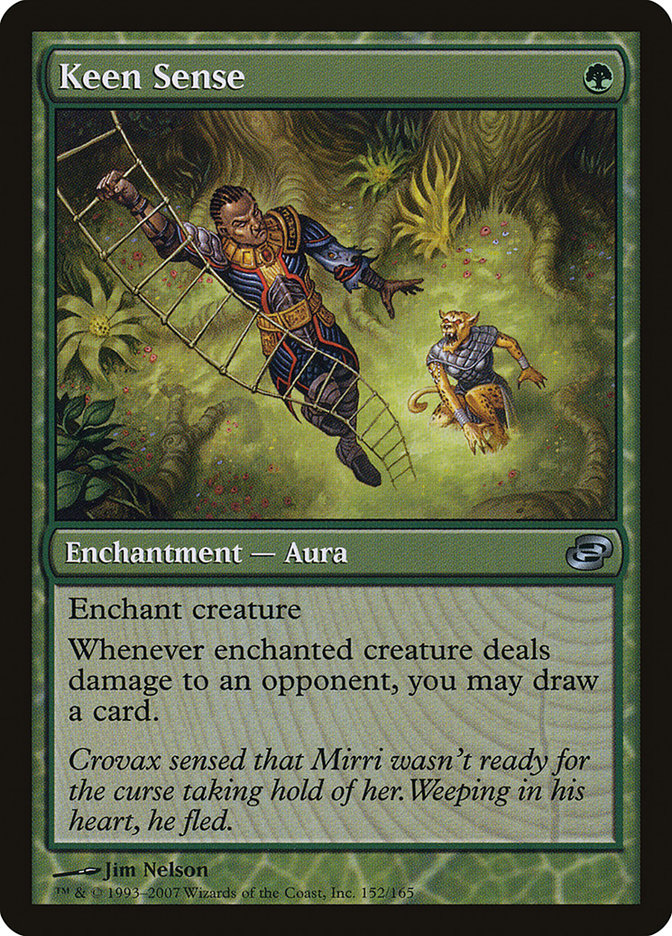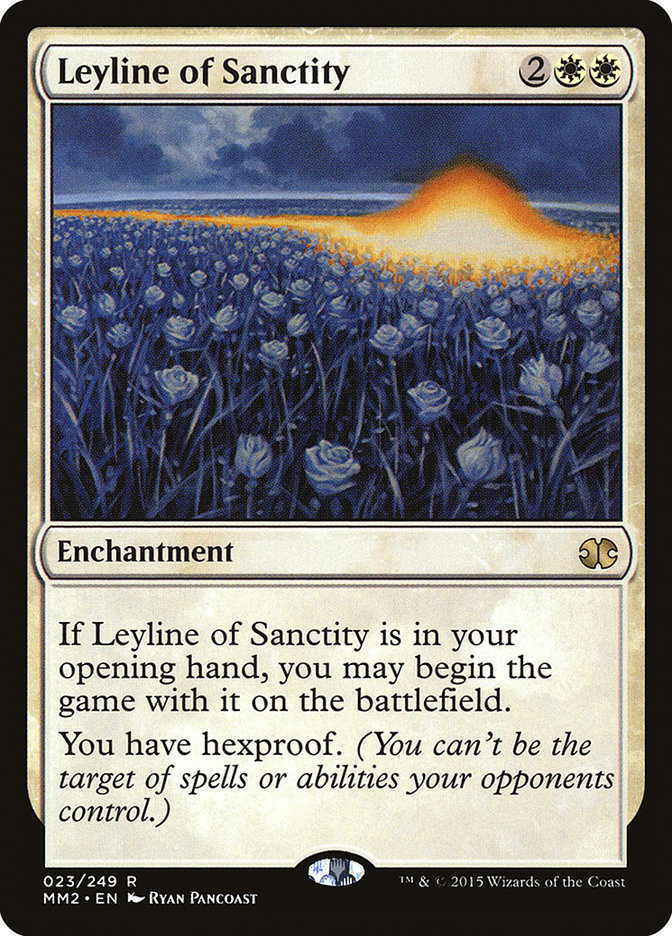“Hey Emma, have you heard about the new Death’s Shadow deck that did well at Grand Prix Vancouver?”
I’d heard it mentioned, but when I’ll wait until I get home from #SCGBALT before looking into it. I’m just going to surf Twitter for a bit instead.
.@AJSacher yeah, but I had the count wrong. Only 78%
— Sam Black (@SamuelHBlack) February 20, 2017
You had my curiosity, but now you have my attention.
Having a high win rate between one or two people is impressive, but relatively isolated. For almost a half-dozen people to boast a win percentage of “only” 78% at a Grand Prix is impressive. Love or hate the deck, Death’s Shadow is clearly a real contender, and for #SCGINDY, there are two options: beat ’em or join ’em.
Metagaming in Modern is a little bit of a crapshoot, but when a deck takes almost half of a Top 8 and the trophy, there’s going to be a surge of popularity in the archetype. If you plan to do well at the top tables of a tournament, making sure to have a plan for last week’s deck is a necessity.
Understanding the Core
Before this weekend, Death’s Shadow was a combo-ish aggressive strategy that utilized a dozen cyclers to fuel the Become Immense / Temur Battle Rage “combo” and deal a massive amount of damage in the first turn or two.
The first game of this match features Brad Nelson beating Jadine Klomparens on the second turn through an Inquisition of Kozilek. This exact game was referenced time and time again in the fight against Gitaxian Probe’s (and Become Immense) Modern legality. With the most powerful re-draw in the deck being banned, the deck has evolved:
Creatures (13)
Planeswalkers (2)
Lands (18)
Spells (27)

Creatures (13)
Planeswalkers (2)
Lands (18)
Spells (27)

Creatures (13)
Planeswalkers (2)
Lands (18)
Spells (27)

This is less a combo deck and more an iteration of Jund. For a few sets now, Jund has been becoming more streamlined, aggressive, and low-to-the-ground with their cards, eschewing maindeck four-drops for cards like Grim Flayer and delirium enablers to push the limits of how strong Grim Flayer and Tarmogoyf could be.
The most recent update to Death’s Shadow is just pushing that idea to the next degree. Rather than fooling around with a grindy game, Death’s Shadow plans to tear apart the opponent’s hand with one of its eight hand disruption spells and then close the game with one of its undercosted and oversized threats before the opponent can rebuild.
The decks from last weekend were primarily the same deck, with the flex slots being the same kinds of cards but different pilots aiming a bit differently with the extra cards they wanted. The cards that made it into everybody’s decks were:
Creatures (12)
Lands (18)
Spells (24)
- 4 Mishra's Bauble
- 1 Tarfire
- 4 Thoughtseize
- 4 Inquisition of Kozilek
- 1 Temur Battle Rage
- 2 Kolaghan's Command
- 4 Traverse the Ulvenwald
- 1 Collective Brutality
- 3 Fatal Push
Sideboard

Even from this point, there is still more to the deck that is somewhat “locked in.” It’s all about finesse and deciding which route to take with the deck: hyper-aggressive or resilient?
The Flex Slots
The first major difference that shows between the decks is in the choice of Traverse the Ulvenwald bullet. Renegade Rallier helps slog through removal from the grindy decks, reanimating almost every creature in the 75.
Ghor-Clan Rampager, on the other hand, shows a desire to play through removal and focus on an aggro deck’s favorite pastime: gettin’ ’em dead. Having a findable form of pseudo-evasion is generally going to end the game on the spot with the extra damage provided. It’s hard for decks to hold back enough blocks to provide a meaningful cushion from the damage that Ghor-Clan Rampager represents while also applying pressure on the Death’s Shadow player.
The Death’s Shadow deck is going to have between two and three copies of Lilianas in the 75 (generally the third copy is hiding in the sideboard if it is present) and regularly signals which Traverse the Ulvenwald bullet a deck is playing. Both Gerry Thompson and Josh Utter-Leyton played Liliana of the Veil with Ghor-Clan Rampager in their deck, while the others played Last Hopes with Renegade Ralliers.
Liliana of the Veil is much better at setting up a turn where a Temur Battle Rage or Ghor-Clan Rampager works. She is able to either deal with larger threats than Liliana, the Last Hope or lower the number of cards in each player’s hand, effectively reducing the odds of being blown out in combat by a timely removal spell.
Liliana, the Last Hope is going to shine against smaller creature decks (Affinity, Infect, Abzan Company) and decks with piles of removal. Liliana, the Last Hope even has a secret third ability in Modern, providing inevitability against the slower control decks. Having your own Endless Ranks of the Dead isn’t irrelevant.
The removal suite is relatively flexible, but it’s important to keep card types diverse for Tarmogoyf and Traverse the Ulvenwald. Having at least two of the “weird” Shocks (Seal of Fire and Tarfire) is more-or-less required, but the number can be raised for the sake of streamlining the deck.
The sideboard features a single hate-creature for Storm strategies. Traverse the Ulvenwald helps justify the single creature, but weighing the benefits of each creature and the style of game that you’re trying to play with the deck will help you decide which is better. For the more resilient take on the archetype, having a creature with four toughness is better than a 2/2. In the more streamlined and aggressive version, the extra color of mana on Eidolon of Rhetoric tips the scales towards Ethersworn Canonist.
This is one of the tougher decisions in the deck, because both cards are both quite good and are better than the other at doing different things. Surgical Extraction allows its caster to pay life (which Death’s Shadow appreciates) and doesn’t turn off Lingering Souls. Grafdigger’s Cage hits the aforementioned Lingering Souls but also shines against the Chord of Calling and Collected Company decks. In a lot of ways it’s a situation where you pick your poison and swallow. Both cards have their merits against different matchups and in different contexts. Just know your enemy and how you want to fight them.
Combating the Deck
Now that we understand what the deck is bringing to the table, what do you do to beat it? My gut reaction is to learn the ins and outs of the mirror, but there are archetypes that prey on linear strategies. Death’s Shadow doesn’t attack from very many angles, making it easy to exploit how narrow the deck can be.
Creatures (5)
Planeswalkers (10)
Lands (24)
Spells (21)

W/R Prison is the most “anti-Death’s Shadow” deck on the market at the moment. The deck needs to evolve a bit more in order to not have so many dead cards against the archetype (all of the cards that deal three damage aren’t doing much work), but Chalice of the Void and Blood Moon are incredibly potent against the deck…as long as W/R Prison can survive to the later turns.
Once the W/R Prison deck bridges the gap to the later turns (anything after the fourth turn), Death’s Shadow is forced into a precarious sub-game of deployment. Only commit a single creature to the battlefield and risk being eaten by Nahiri, the Harbinger or Ajani Vengeant. Commit too many creatures and run the risk of spewing cards in the face of a Wrath of God.
Post-sideboard, W/R Prison has access to even more cards that hose the archetype. Leyline of Sanctity and Rest in Peace turn off two of the core elements of the archetype and force Death’s Shadow to just jam threat after threat until one of them sticks. Death’s Shadow is built to exploit some of the engines of the format (particularly graveyard-filling and life payment in exchange for tempo) and W/R Prison is built to take advantage of decks that try to abuse these angles.
On the other side of “fighting scissors with rock,” we have a more proactive approach:
Creatures (12)
Lands (21)
Spells (27)

I know I bark up this tree a lot, but hear me out. Hexproof is fantastic at dominating creature combat (particularly when players are going all-in on a single creature without evasion) and gets some of the best hate cards in the format.
As Modern shifts away from pure combo decks and towards more interactive forms of combo (with creatures as the payoff cards), Silhana Ledgewalker gets the nod over Kor Spiritdancer. The Spiritdancer is better at killing people quickly or punishing decks for skimping on removal but seems embarrassing in a world of Tarfires, Fatal Pushes, and Kolaghan’s Commands. Ledgewalker, on the other hand, having built-in evasion is welcome in a world of oversized Tarmogoyfs and Death’s Shadows.
The move to Silhana Ledgewalker over Kor Spiritdancer signifies a shift towards a slower (dare I say grindier) version of Hexproof that plans to win over the course of several turns, rather than three or four enormous attacks. Keen Sense rewards the Hexproof player for buckling in and taking the long road to victory. Silhana Ledgewalker being in the deck makes Gryff’s Boon and other evasion enchantments lose a chunk of value and makes swapping the cards out for one another a relatively easy decision.
Did I mention that this deck also gets to play hate cards for Death’s Shadow? The primary draw to this deck (in the context of this article) is that it blanks so many cards from existing archetypes, and having white in the deck just pushes this theme. Having white gives access to the best sideboard hate cards in Modern, and it’s quite difficult for Death’s Shadow lists from last weekend to deal with a resolved enchantment. Liliana of the Veil may be troublesome, but that’s not anything Leyline of Sanctity hasn’t dealt with before.
The third most effective way to deal with Death’s Shadow is to take a page out of Metallica’s book and Kill ‘Em All.
Creatures (10)
- 2 Vendilion Clique
- 4 Snapcaster Mage
- 1 Tasigur, the Golden Fang
- 2 Kalitas, Traitor of Ghet
- 1 Bedlam Reveler
Planeswalkers (2)
Lands (23)
Spells (25)

This list isn’t necessarily pieced together with Death’s Shadow in mind, but as long as the deck finds room for some Fatal Pushes and has a plan for Lingering Souls post-sideboard, this is a great place to be.
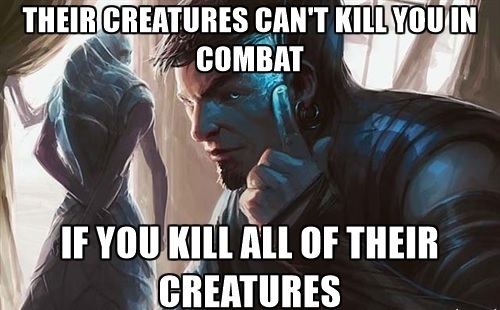
A portion of what causes the control decks to flounder a bit in Modern is when decks are incredibly threat-dense. The U/R Control decks tend to play a high number of cantrips and need to take a bit of time off to cast them. If a deck just plays several back-to-back threats, the decks don’t have the proper breathing room to fix their draws. There’s a point where it’s important to acknowledge that, similar to other linear hyper-aggressive decks (think Modern Infect), this deck doesn’t actually play a high density of threats. Many of the cards in the deck are simply enablers or air.*
* “Air” meaning cards that don’t actually contribute anything meaningful to the battlefield.
Beat ‘Em or Join ‘Em?
Full disclosure: I don’t know.
I’ve spent most of the week playtesting Death’s Shadow and, as of writing this, if the tournament were tomorrow, I wouldn’t feel prepared to play this deck in a tournament. If you haven’t played a high number of games with Death’s Shadow, play something to beat it.
If you aren’t playing a deck that’s naturally good against the deck, you need to have a plan for it. This deck isn’t a flash in the pan. Pretending you can dodge it forever is bordering delusional. The deck is powerful, disruptive, and relatively resilient.
This weekend is #SCGINDY and people don’t come to large tournaments to lose. The format hasn’t had enough time to adjust to Death’s Shadow kicking the door in, and the deck will continue to put up reasonable results until people make the appropriate shifts in their deckbuilding and playing to compensate for the chunk of the metagame pie that Death’s Shadow eats.
The world is divided into two kinds of people: the hunters and the huntees. Luckily, I’m the hunter.
Who are you?


